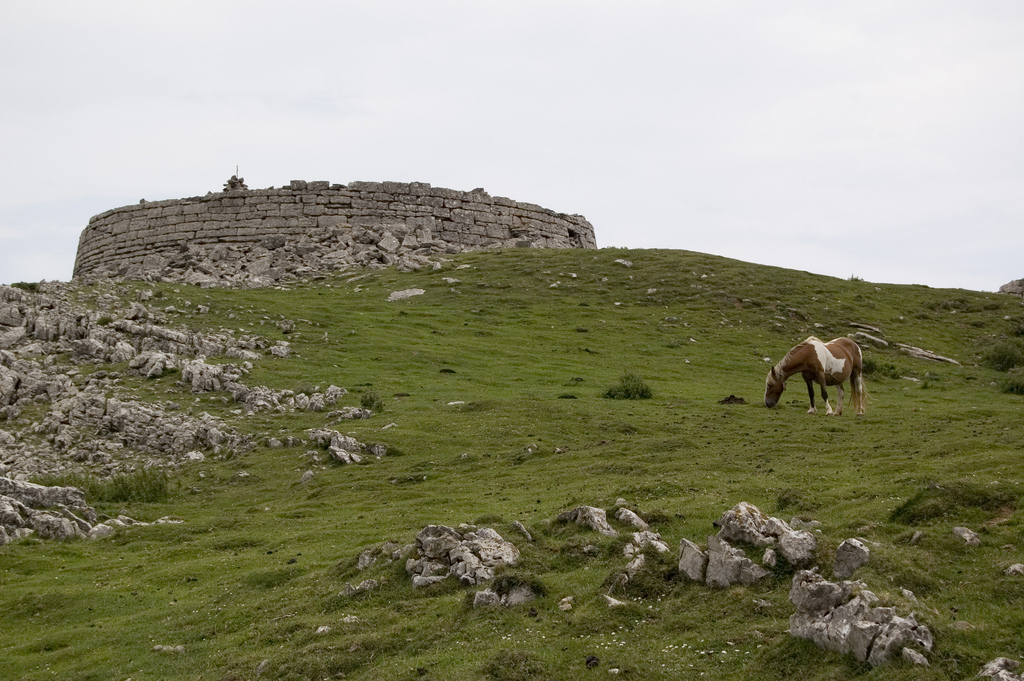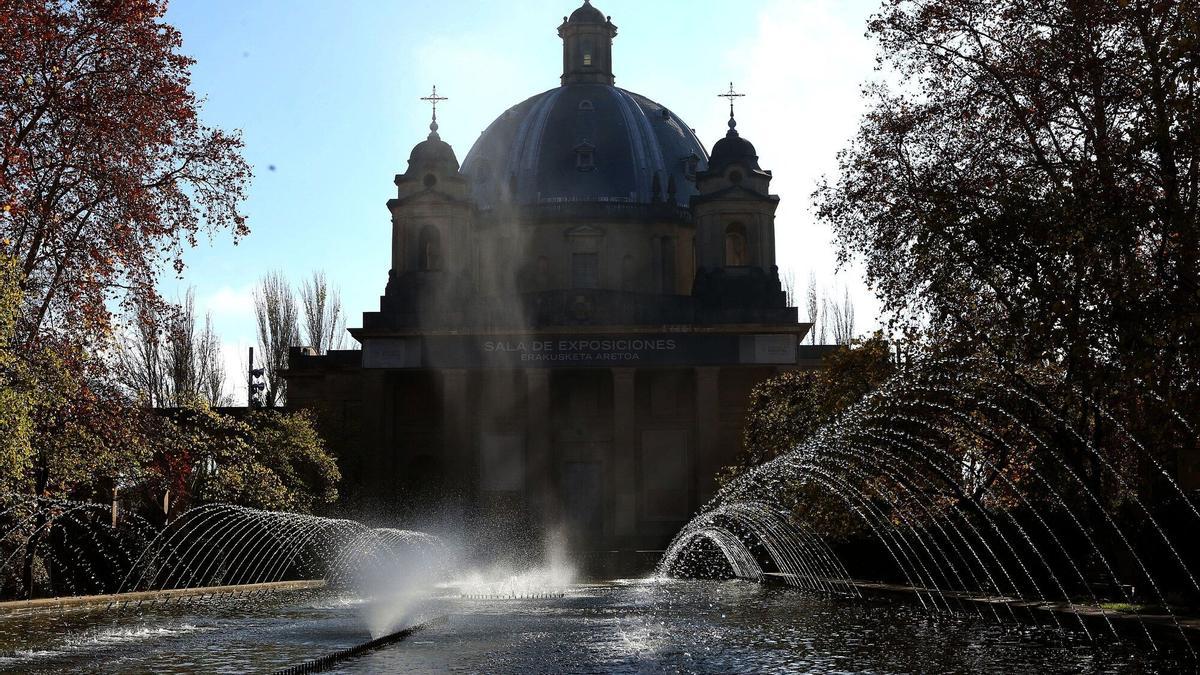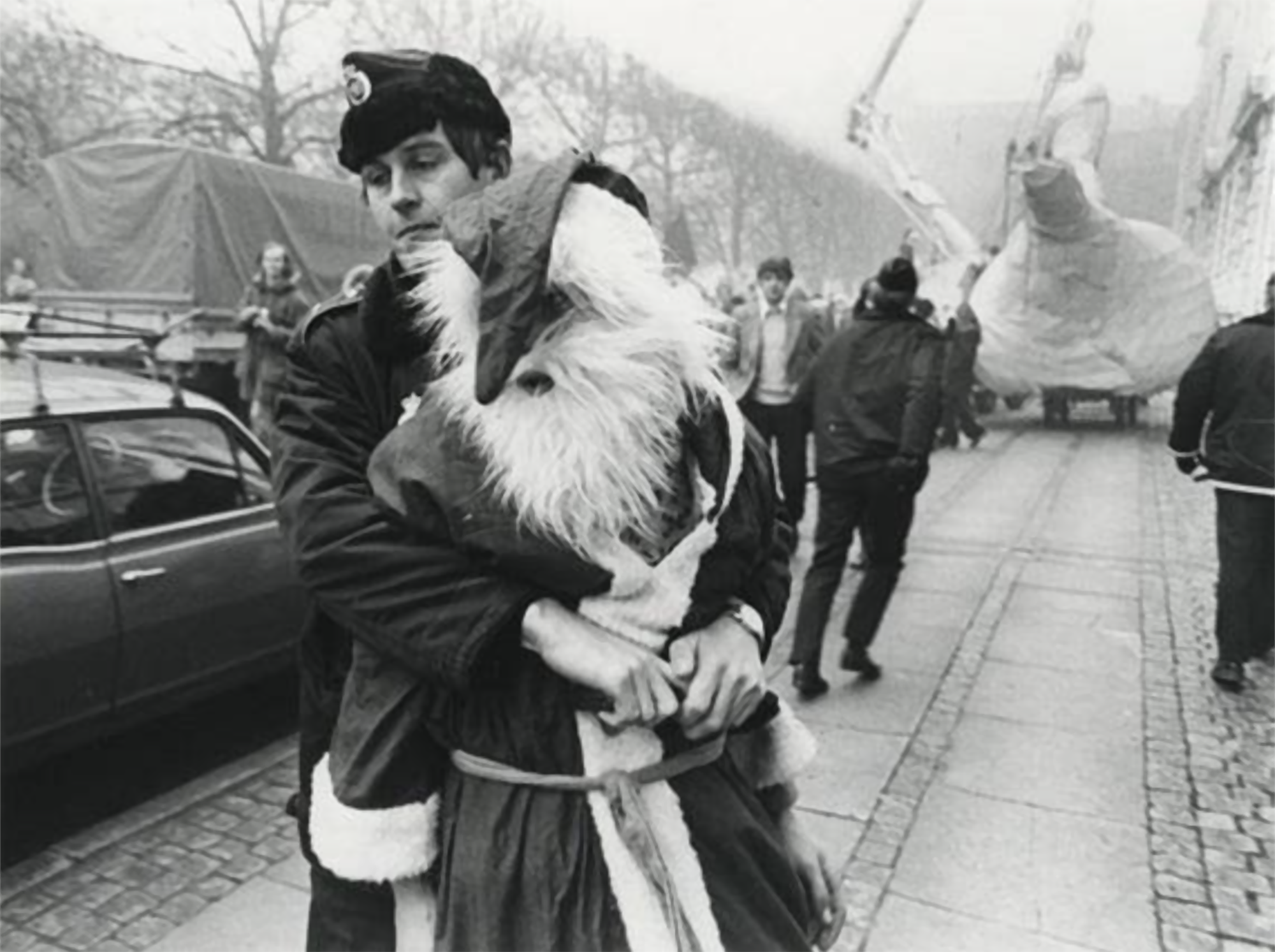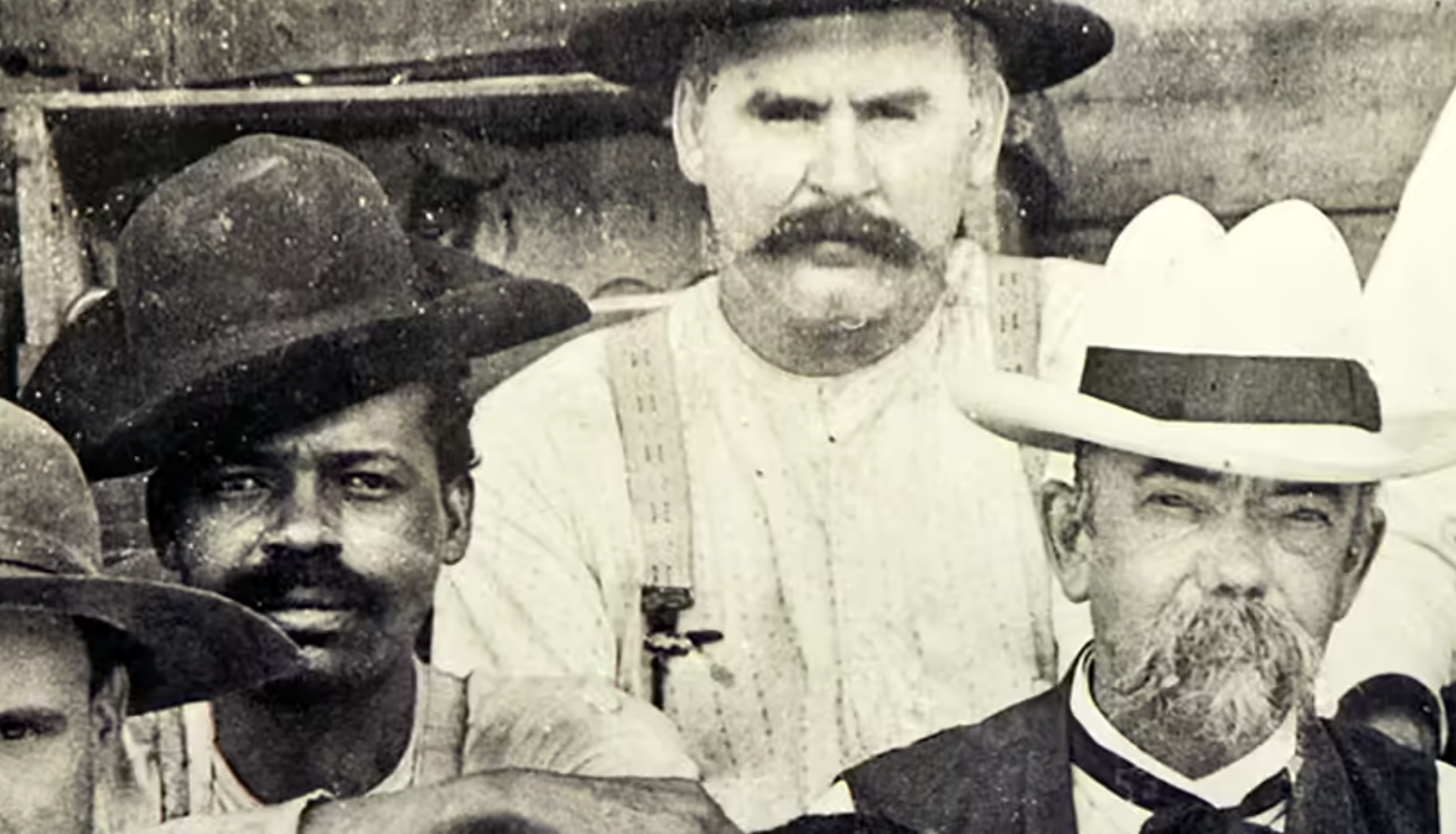The mystery of the Urkulu tower
- Among the Ottoman fogs, in a high bullet between Aezkoa and Garazi, is the tower of Urkulu. Involved in mysteries, there are many doubts about the origin and function of the construction.

Until recently, the most widespread theories said that it was a trophy built by the Romans, in the 15th century BC. Built in the first century to celebrate the conquest of the territory of the Vascones. We owe the hypothesis to Jean-Luc Tobie, who first published it in 1976. A few years later, between 1989 and 1991, a group of archaeologists on both sides of the border excavated to try to prove this hypothesis. In these campaigns, the tower was excavated. In addition to some vestiges of the Napoleonic Wars era, a supposed themenus was found, a kind of altar that was used to consecrate the monument. However, these structures were difficult to date, since no archaeological materials of the Roman era were found and sent to date the trace of coal of the altar by carbon 14, but their result was not published anywhere. I, at least, have not found it. This hypothesis therefore had very weak foundations.
This year, on the contrary, engineer and youtuber Isaac Moreno has launched a new hypothesis about the current situation. In his opinion, the trophies such as that of Urkulu were erected to be seen and, as demonstrated by the researchers of the Society of Sciences Aranzadi, the old Roman road passed through Luzaide and Roncesvalles, along the hill of Ibañeta and quite further west of Urkulu. If the Romans put the trophy on him, they would put him there. Moreno has also focused on another nearby peak. There are other signs in Hastategi. The Castilian speakers call him Château Pignon or Castillo del Peñón. According to the documentation, these remnants would be from the beginning of the sixteenth century, built by the Army of Castile during the conquest of Navarra, to control the border area. It should be taken into account that although the Spanish Monarchy conquered Alta Navarra, Baja Navarra remained in the hands of the legitimate kings of Navarra. Well, according to Moreno, the paraments of the fortress of Hastategi and the tower of Urkulu would be identical and, therefore, Urkulu could be of that time.
As for the name, although some have related it to Hercules or pride, according to Patxi Salaberri it should be related to landscapes in the form of a fork, that is, with two connecting collates, two streams or two roads.
In 2017, Indonesia and the Netherlands signed an agreement to return the heritage stolen by the European country because of colonialism for three centuries. The Indonesian responsible for the return process, Gusti Agung Wesaka Puja, explained that this agreement "was important in... [+]
Greece 1975. The country began the year as a republic, three weeks earlier, in the referendum on 8 December 1974, after the citizens decided on the end of the monarchy.
A decade earlier, in 1964, when King Paul I died, his son Constantine took the throne at the age of 23.
But... [+]
For pedagogical or methodological reasons, historians tend to fragment and divide historical periods of the past into deadlines. There are traditional times that we all know (Prehistory, Antiquity, Middle Ages, Modern and Contemporary Ages), but also several sub-ages.
These... [+]
Copenhagen, 18 December 1974 At 12 noon a ferry arrived at the port, from where a group of about 100 Santa Claus landed. They brought a gigantic geese with them. The idea was to make a kind of “Trojan Goose” and, upon reaching the city, to pull the white beard costumes... [+]
Tennessee (United States), 1820. The slave Nathan Green is born, known as Nearest Uncle or Nearest Uncle. We do not know exactly when he was born and, in general, we have very little data about him until 1863, when he achieved emancipation. We know that in the late 1850s Dan... [+]
The Centre Tricontinental has described the historical resistance of the Congolese in the dossier The Congolese Fight for Their Own Wealth (the Congolese people struggle for their wealth) (July 2024, No. 77). During the colonialism, the panic among the peasants by the Force... [+]


















